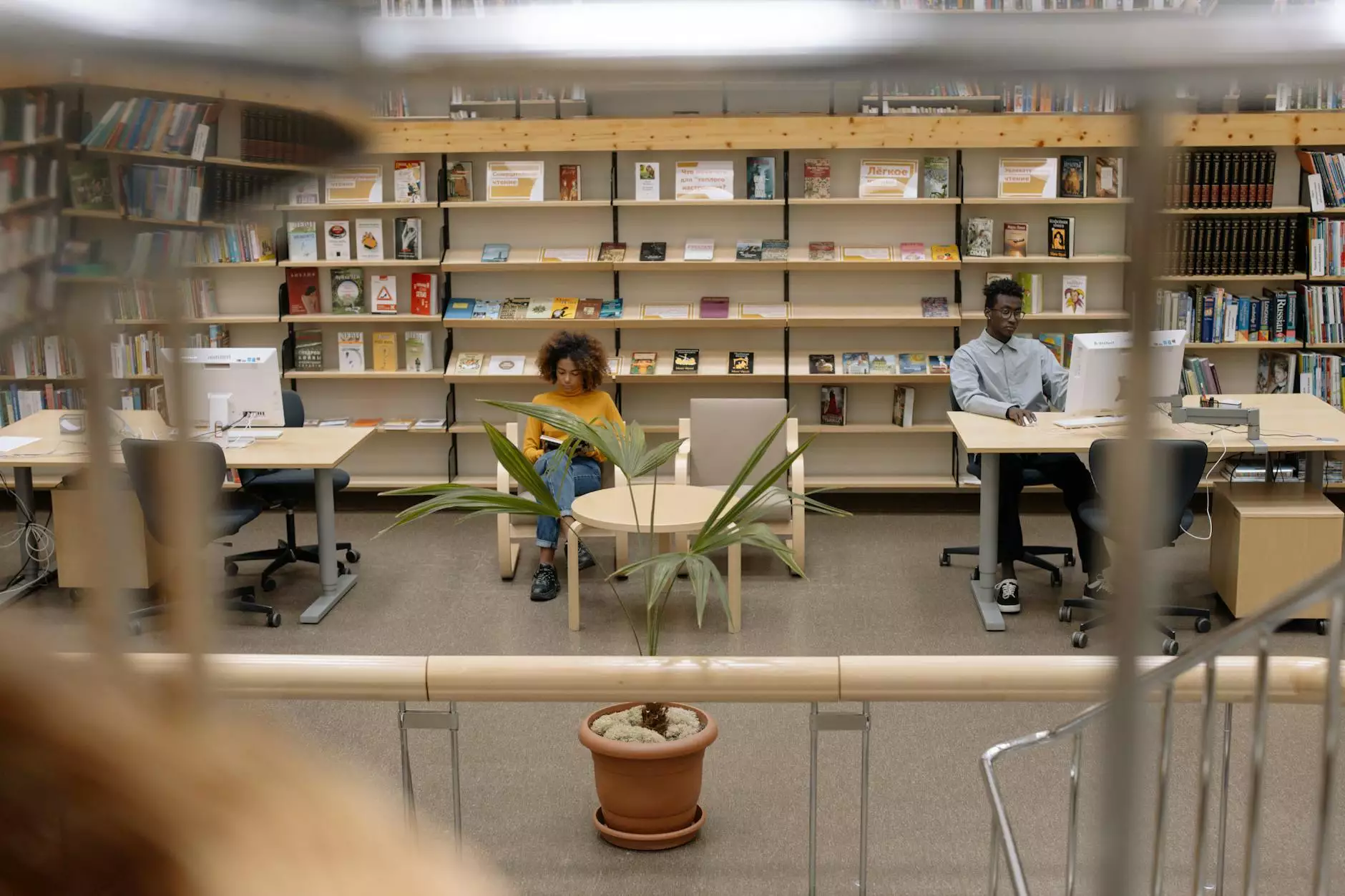Measuring COVID-19's Impact on Higher Education
Global Market Analysis
The New Normal in Higher Education
In the wake of the global pandemic caused by COVID-19, higher education institutions worldwide have faced numerous challenges and disruptions. From sudden campus closures to a shift towards online learning, the impact has been significant. Los Angeles Spanish School explores the measurable effects of COVID-19 on higher education and the implications for students, schools, and the learning process.
The Transition to Online Learning
One of the most notable changes in higher education due to COVID-19 is the rapid adoption of online learning platforms. As campuses closed their doors and social distancing measures were implemented, institutions had to find alternative ways to deliver education. Online learning emerged as the primary mode of instruction, transforming the traditional classroom experience.
While online learning provides flexibility and accessibility, it also poses challenges such as limited face-to-face interaction, potential technological barriers, and the need for self-discipline. Faculty and students had to adapt quickly to this new format, with varying degrees of success.
Impact on Students
The pandemic has had a profound impact on students' lives, both academically and personally. With campuses shut down, students faced disruptions in their studies, as well as challenges in maintaining a sense of community and social belonging.
For some students, the shift to online learning has been seamless, allowing them to continue their education without major interruptions. However, others have struggled with limited access to necessary technology, unstable internet connections, or home environments not conducive to learning. These disparities have further highlighted the existing inequities in education.
The Financial Strain on Institutions
Higher education institutions have also experienced significant financial strain as a result of the pandemic. With decreased enrollment and the inability to host in-person events, many schools have faced budget cuts and decreased revenue. This has forced institutions to make difficult decisions regarding staff reductions, program cuts, and resource reallocation.
The long-term financial implications of COVID-19 may lead to a restructuring of higher education as institutions seek innovative ways to ensure their financial sustainability and provide quality education to their students. The role of fundraising, government support, and collaborations with industry partners will become even more crucial as institutions navigate these challenging times.
Adapting to the Changing Landscape
Despite the challenges posed by COVID-19, higher education institutions have shown remarkable resilience and adaptability. Educators have embraced technology to deliver engaging virtual classrooms, while students have demonstrated their ability to adapt to new learning environments.
As we move forward, it is crucial for institutions to continue evolving and refining their approaches to education. This may involve integrating hybrid learning models that combine online and in-person instruction, investing in infrastructure to support remote learning, and providing comprehensive support services to address the diverse needs of students.
Conclusion
COVID-19 has undeniably disrupted higher education in unprecedented ways. The transition to online learning, financial challenges, and the impact on students are just a few examples of the profound changes experienced by institutions worldwide. However, this crisis also presents an opportunity for reflection, innovation, and growth.
Los Angeles Spanish School recognizes the significance of these challenges and remains committed to providing quality education and support to our students. Together, as we measure the impact of COVID-19 on higher education, we can strive to create a stronger, more resilient system in the future.










